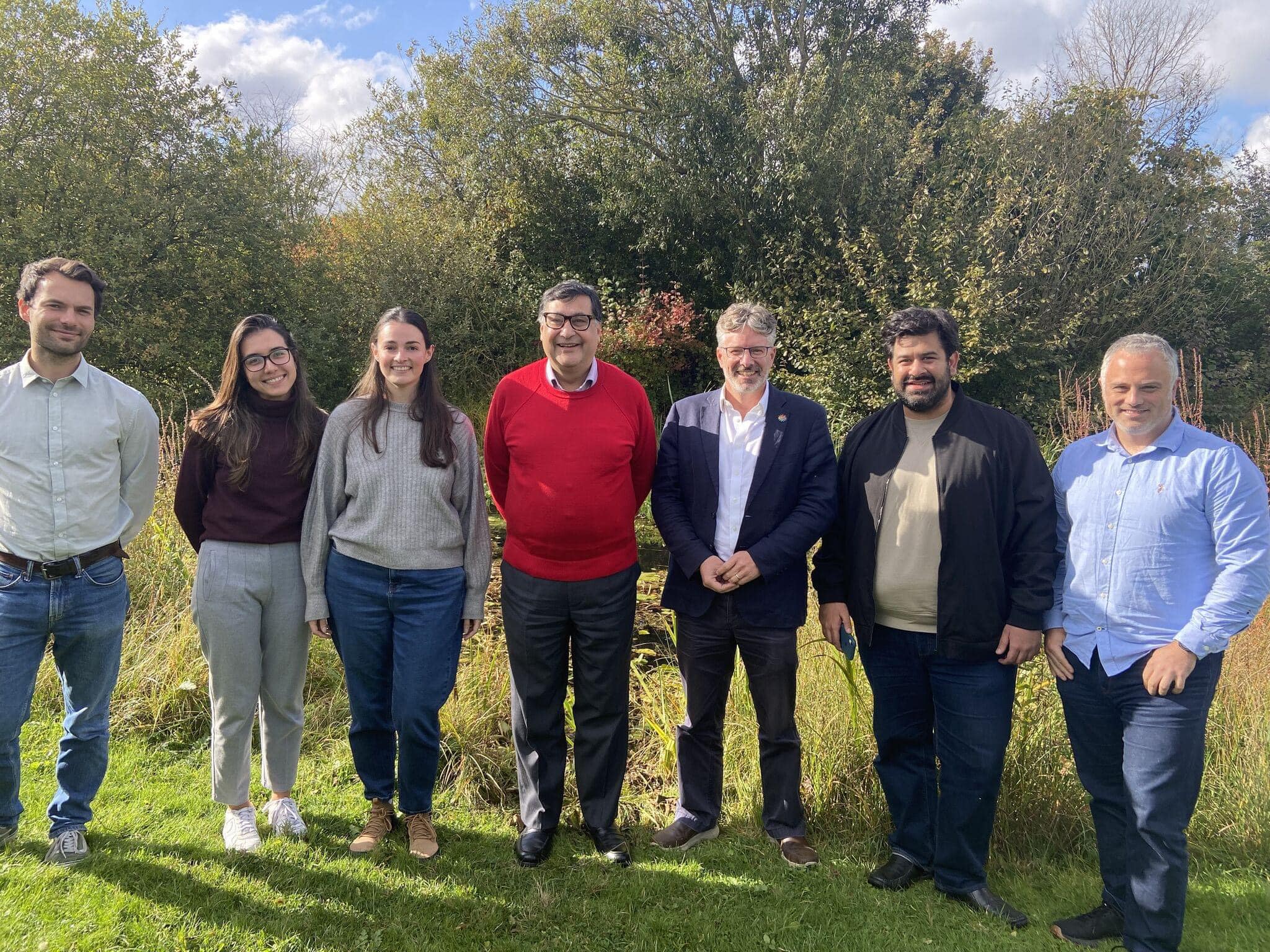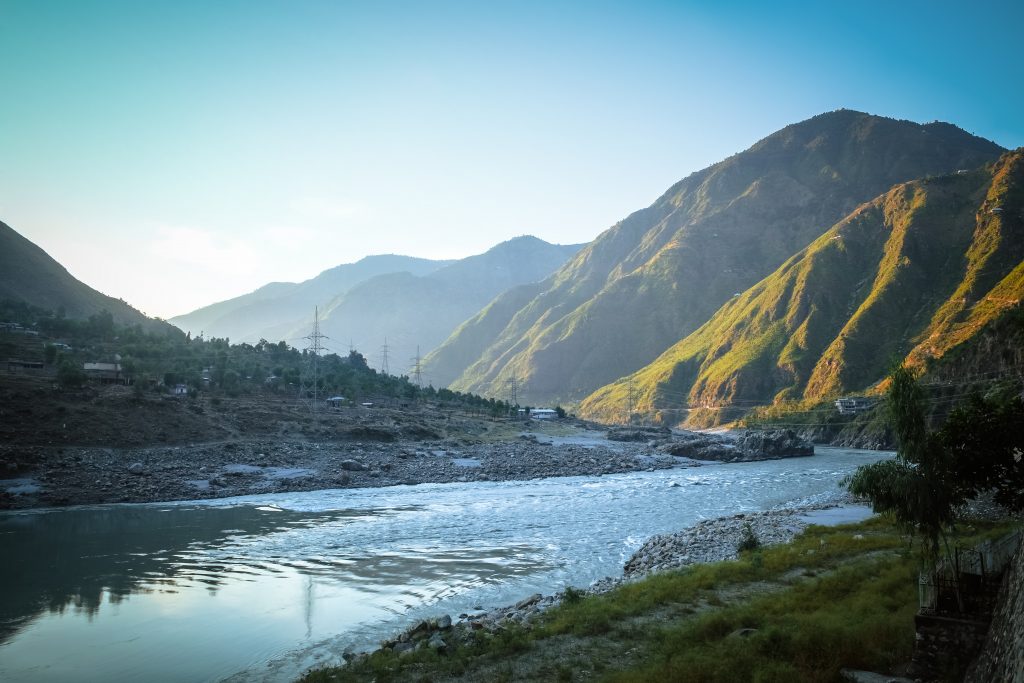News
Why language matters: what we can learn from the Living Indus initiative

Story | Oct 2024
Reframing the narrative opened up new opportunities for nature restoration in Pakistan’s Indus River basin, as Professor Adil Najam explained on a recent visit to UNEP-WCMC.
In early October, UNEP-WCMC was delighted to host Professor Adil Najam, Dean Emeritus at Boston University’s Pardee School and President of WWF International. Professor Najam’s visit coincided with the launch of the WWF’s biennial Living Planet Report, which has delivered its most devastating verdict yet on the state of the world’s biodiversity levels, while presenting bold solutions for nature recovery. The work of UNEP-WCMC experts underpins one of the main indexes used in the Living Planet assessment, and the Centre draws on this work as part of our role in supporting national and international efforts to monitor the state of nature.
During his visit, Professor Najam met with staff across the organisation to find out more about the breadth of UNEP-WCMC’s work. He then delivered a Centre-wide talk about the Living Indus initiative, which was named one of seven UN World Restoration Flagships in February 2024.
The Indus River is the lifeblood of Pakistan, with 90% of the country’s 250 million inhabitants living within its basin and nine of its ten largest cities within 50km of the river’s waters. This is a river that has sustained people and wildlife for thousands of years, yet its future is uncertain. For the past 15 years, the region has seen above-average levels of flooding, and the river is highly vulnerable to the effects of the climate emergency.
Conscious of the precarity of the Indus’ future, the country’s Ministry of Climate Change and the United Nations in Pakistan called upon Professor Najam to develop the Living Indus initiative. The aim was to explore possible nature restoration strategies that would help to protect and sustain the Indus Basin, conserving it for generations to come.

Professor Najam described how the working group facilitated consultations and workshops across the country to gather expertise. From there, they produced a guide showcasing 25 ‘shovel ready’ projects, ranging from Protected Areas to zero-plastic-waste cities and urban forests. Each project was presented with key information such as estimated costs and timescales, making it easier for prospective funders to assess impact.
The results of this user-friendly approach were significant. Living Indus generated a large amount of attention both locally and internationally; four of the proposed projects have now received funding and 1,350,000 hectares of the basin have already been restored.
Professor Najam considers that the use of accessible language has been key to the success of the initiative, as it has attracted and maintained attention among influential figures. He also believes that the team achieved greater impact through infusing their narrative with emotion, and the vision for Living Indus reads like an impassioned mission statement:
“We aspire to an Indus Basin that can sustain a thriving civilization from its sources to the ocean – a Basin whose natural resources and ecosystems have been repaired and restored, and are resilient in the face of climate change."
Focusing on the river as what he calls “an artefact of nature” has been key, Professor Najam explained, as it has captured the imagination. The Indus “is an emotional issue. It’s what gives countries and religions their name, and it’s a very powerful metaphor from nature.” There’s also an immediacy to the relationship between the river and the local population. As people can see the impact of climate change and pollution directly in the waters before them – which they rely upon for their livelihoods and wellbeing – they cannot deny or ignore it.
There are lessons to be learned in terms of communicating ecological initiatives to broader audiences. As Professor Najam concluded, “maybe we can experiment more with how we talk about these things.”
By embracing and actively harnessing the cultural connection to the natural world, it is possible to achieve further reach and impact for conservation projects with traditional partners and beyond.
Have a query?
Contact us
communications@unep-wcmc.org
